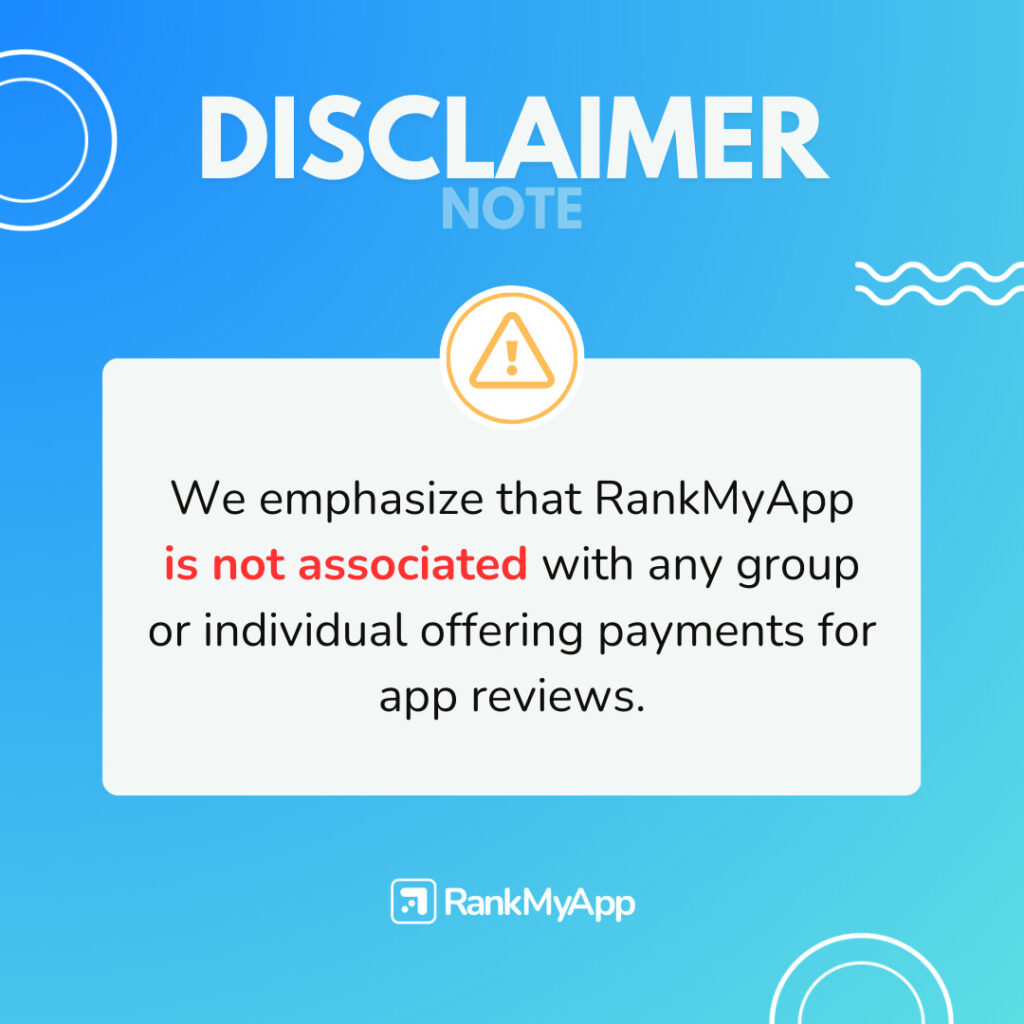The user-friendly concept is associated with how friendly an app or website is to the user. In this case, it should be considered that it has intuitive resources, is easy to use and reliable.
Usability is very important, especially considering that both the Apple Store and Play Store consider the user’s experience when picking featured apps from stores.
Besides, a user-friendly app has many more chances of having high rates of retention and conversion, which also influences ranking in app stores.
Noteworthy to say, User Experience (UX) and User Interface (UI) are different things, although they are very much connected. While UX focuses on meeting the user’s expectations, UI demonstrates that the interface of the app is personalized and easy to understand to its target audience.

Principles of accessible design
When embarking on app development, it’s essential to adhere to a set of principles that prioritize accessibility and inclusivity. By incorporating these principles into your design process, you can create apps that are usable by a diverse range of users, regardless of their abilities or limitations. Here are two key principles to guide you:
1.Clarity
One of the foundational principles of accessible design is clarity. Ensuring that your app’s interface is clear and easy to understand is crucial for guiding users through their interactions. This involves projecting a clean and intuitive interface at every step of the user journey. Utilize clear and concise language, intuitive navigation patterns, and easily recognizable icons to enhance clarity. Additionally, provide meaningful feedback and instructions to assist users in completing tasks efficiently. By prioritizing clarity in your app’s design, you can enhance usability and improve the overall user experience.
2.Robustness
Another critical aspect of accessible design is robustness. A robust app is one that is capable of accommodating a wide range of users, including those with disabilities or unique accessibility needs. To achieve robustness, consider implementing features and functionalities that cater to different user preferences and abilities. This may include support for alternative input methods, customizable settings for font size and color contrast, and compatibility with assistive technologies such as screen readers and voice commands. By designing your app with robustness in mind, you can ensure that it remains accessible and usable for all users, regardless of their individual capabilities.
7 fundamental steps in order to make a user-friendly app
Now that you know what is user-friendly, the first step is to observe which ones are the most successful apps in their segment and what are the main characteristics they offer to the user journey.
A good source of information is ratings and reviews. Thereby, you can visualize the top critics and complaints users have.
Make sure to also research informative contents and articles about it. Google itself offers some tips on its design guidelines.
1.Easy integration
Prevent the user from having to register in the first step of navigation, removing registration barriers such as email, login and credit card information. Allow the user to have a good first navigation and then ask for such information.
2.Hierarchy
Intuitive navigation’s role is to allow the user to easily guide through tabs and the app functionalities. For that matter, it is fundamental that the user understands where each feature is inside the app. Resources like hierarchy of information help with that. Pay attention to visual appeals like color, shape, text and movement.
For example, in order to distribute the relative level of each item, put the actions in the top part of the screen or the bottom part of the screen — always accessible with shortcuts.

3.Focus order
Focus order is about the movement flow during the user journey. Thus, when opening it, the user follows the layout order by reading information from the top part of the screen towards the bottom of it. Because of that, focus order is directly associated with the hierarchy of information.
4.Layout
A user-friendly layout should be flexible and responsive because it should be able to adjust the content with every type and size of screen, accordingly with the device and many different resolutions. The main goal is to avoid that all the text is evenly displayed and doesn’t get distorted when read.
5.Conversation design
Besides the visual part, the text part is worthy of extra attention when it comes to user-friendly experiences. Conversation design allows that the language gets close to human conversations and interactions.
The more an interface boosts human conversation, the less the users require teaching to use it. The goal is for the conversation to guide the experience in an empathetic and clear way.
6.Accessibility
Accessibility in design aims for users with different skills to manage to navigate inside the platform. In this case, low-vision people, cognitive impairment, blind, motor disabilities, hearing disabilities or situational deficiencies (like a broken arm) should always be considered. An accessible app should provide support to assistive technologies.
7.Performance and stability
After the developing and app launch, it should be constantly monitored — especially its performance and stability. Therefore, check out data like ANRs (Application Not Responding) rates and rectify any bugs. Noteworthy to say that the user should be led to actualize the app when new adjustments are applied to it.
Here at RankMyApp, through reviews intelligence, we aim to provide good insights to the app developers about improvements that users indicate in the comments. Thus, you can prioritize user-friendly actions in your app, either through organic optimization or through paid campaigns.





